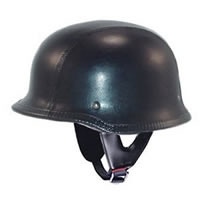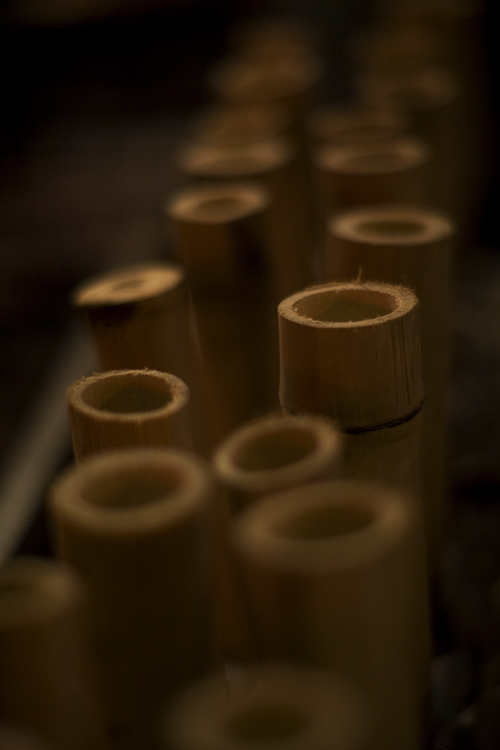There will always be fashion trends, and to be candid I enjoy many of them. I don’t always participate, but I like seeing people catch a cultural wave and make it their own.
There have been a few trends though that completely elude me, and one that disappoints me.
For years now, I’ve seen motorcycle helmets shaped like WWII Nazi helmets driving around the US. At first it was a few tough bikers, sometimes even wearing their colors. Then various companies actually began manufacturing DOT-approved versions, and soon a lot of Harley-boomers starting sporting them – the usual lawyers, construction managers and podiatrists.

This used to piss me off – no other way to put it. I wanted to run these dumb MFs off the road, then pull over and plaster their helmets with Chabad “Moshiach Now!” stickers.
…but after a while I learned to accept seeing these helmets, and ultimately decided that it was o.k. – it was a great way of getting “back” at the N.S.D.A.P. – I figured if they could see all these people enjoying their freedom of choice, their pursuit of happiness, and the way they lived their distinctly non-Arian lifestyle, the Nazis would spin in their graves.
Great, victory is ours!
But what really cleared it for me was being in Vietnam last March. The Vietnamese had just passed a law mandating helmets, which of course makes a lot of sense in a country that has no real health care, few hospitals, and motorcycles as the major mode of transportation. Everyone rides mopeds there – and everyone was wearing brand-new helmets. They sell great helmets in Vietnam, but I got a particular kick out of seeing the “cute girls” – the ones that drive white Golf convertibles in LA – racing around town on pink Vespas, with pink Nazi helmets to match. That made me smile.

There is no way that a 20 year old Vietnamese girl is going to have the proper historical context – they’re just wearing it because they like the look, and possibly because the front opening makes room for their large Paris Hilton-style sunglasses. There is nothing mean or disrespectful about it.
The same, unfortunately, cannot be said about the Keffiyeh, especially the black-and-white one. The scarf has been worn as a symbol by Palestinians, especially those who see the destruction of Israel as a reasonable and worthwhile goal. It’s always been worn by Yassir Arafat, and is associated particularly closely with the Al-Aqsa Martyr’s Brigade. Of course, Hamas has made it part of their iconography as well.
I see people in Europe and the US with Keffiyehs wrapped around their throats, and I can’t help but think they’re wearing a quasi terrorist “lapel flag.”
The number of people wearing it publicly has gone up, from the innocuous, to the stupid, to the malicious. Kirsten Dunst, Howard Dean, and Hugo Chavez come to mind – respectively. And a quick Google search of Celebrity Keffiyeh reveals a huge number of celebrities – all of whom look even more pompous as soon as you place them in a geopolitical context.
…but just as I want to go up to every college student wearing one (how is it that the educated are usually the dumbest in the crowd??) and confront them on their choice, it turns out that the Keffiyeh is entering the fashion mainstream. Suddenly every chain store fashion operator is featuring a variation of the black-and-white shawl.
Call it Hate Couture.
Some of the bigger stores such as Urban Outfitters are marketing them as “Anti-War Woven Scarves.”

Don’t forget to accessorize with the highly fashionable “Anti-War Bomb Belt” – le dernier cri!, and now available in kids sizes, too!

After God knows how many years of giving the Palestinians all stick and no carrot, the Israelis have successfully repositioned themselves in the media landscape as “the Bad Guys”. This has ultimately resulted in 24-year old marketing executives perceiving the checkered scarf as the new funky version of the Red Star or a stencilled image of Chè Guevara… funny little symbols that used to mean so much… but of course they don’t realize that there’s much greater complexity here, and that the Keffiyeh is still a vibrant symbol of hate and death.
…but maybe blissed-out Western Consumer Ingnorance can successfully sap any gravitas from the symbol, the same way it did with Nazi helmets, and turn it into just another meaningless artefact. Hopefully soon, I will be walking down Dong Khoi in Saigon and see a pretty girl on a Vespa driving by in her funny little helmet, and a pink Keffiyeh around her shoulders.















